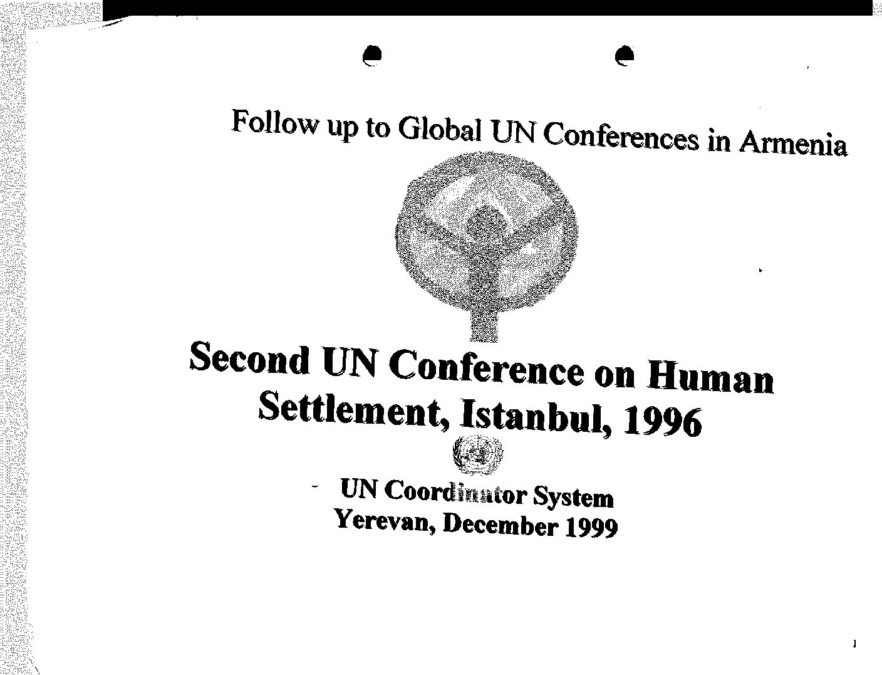

Armenia
Urban indicators:
| Value | Year | ||
| Surface area (sq km) | 29743 | 2014 | |
| Population (proj., 000) | 3026 | 2016 | |
| Pop. density (per sq km) | 106.3 | 2016 | |
| Capital city | Yerevan | 2015 | |
| Capital city pop. (000) | 1044 | 2015 | |
| Population growth rate (average annual %) | 0.4 | 2010-2015 | |
| Urban population growth rate (average annual %) | -0.1 | 2010-2015 | |
| CO2 emission estimates (000 tons/tons per capita) | 5497/1.8 | 2013 | |
| Population using improved drinking water sources (urban/rural, %) | 100.0/100.0 | 2015 | |
| Population using improved sanitation facilities (urban/rural, %) | 96.2/78.2 | 2015 |
| 1995 | 2005 | 2014/2015 | |
| Urban population ('000) | 2,129 | 1,935 | 1,874 |
| Level of urbanization (%) | 66.1 | 64.2 | 62.7 |
| Proportion of urban population living in slum areas (%) | ... | ... | 14.4 |
| Urban Slum Population ('000) | ... | ... | 270 |
| Value | Year | |
| Urban Gini Coefficient | 0.28 | 2001i |
| Urban poverty headcount ratio based on national poverty lines | 32.2% | 2013 |
National Report:
National Report Executive Summary:
About two-thirds of the population (1.9 Mio.) of Armenia reside in the capital of Yerevan (1.07 Mio. alone) and in its three adjacent districts (the so-called “marzes”: Armavir, Ararat and Kotayk). This spatial distribution is inherited from the former centrally-planned economy. The remaining 36% (1.1 Mio.) reside in the 866 rural communities (out of a total of 915 communities) of the sparsely populated and mountainous areas of the country.
Armenia faces a strong concentration movement with inhabitants being drawn to the capital. This trend is likely to persist since a disproportionately small part of young people (age 18-30) live in urban areas (only 61.7% against 64% of the general population). The high unemployment and poverty rates among youths serve as a strong push factor from the rural towards the urban. At the other end of the demographic pyramid, ageing is a real challenge to Armenia. Currently, 10.5% of the population is aged 65 years or older and this rate is projected to rise.
These developments spark a number of difficulties the Republic of Armenia faces. They range from a highly disproportionate regional development due to migration movements, and unfavourable demographic dynamics to growing needs of the elderly, and issues surrounding affordable housing for the youth.
Statistics:
Urban housing indicators
People living in slums (%)
Urban population with access to adequate housing (%)
Basic services and infrastructure
Urban population with access to safe drinking water (%)
Urban population with access to adequate sanitation (%)
Urban population with access to regular waste collection (%)
Urban population with access to clean domestic energy (%)
Urban population with access to public transport (%)
Events:




